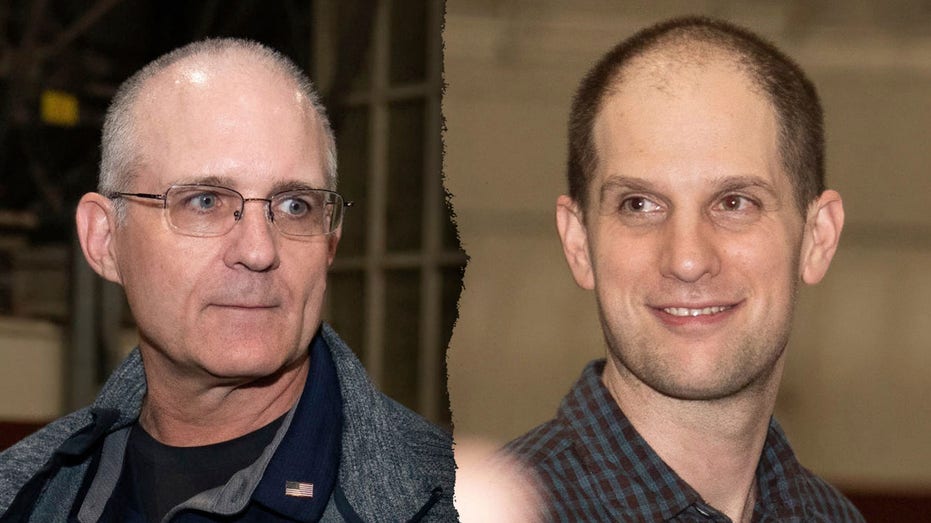CARPHA donates public health supplies to Grenada
1 year 3 months ago
Environment, Health, PRESS RELEASE, Weather, caribbean disaster emergency management agency, caribbean public health agency, carpha, cdema, hurricane beryl, lisa indar, philip telesford
Super strict 900 calorie diet offered by NHS can reverse type 2 diabetes - LADbible
- Super strict 900 calorie diet offered by NHS can reverse type 2 diabetes LADbible
- NHS ‘soup and shake’ diet puts almost a third of type 2 diabetes cases in remission The Guardian
- U.K. Type 2 Diabetes Program Puts 32% Of Patients Into Remission Forbes
- NHS 900 calorie soups and shakes diet can beat type 2 diabetes, a new study has found The Independent
- Why the soup and shake diet really works (if you can stick to it) The Telegraph
1 year 3 months ago
NHS soup and shake diet is beating type 2 diabetes - BBC.com
- NHS soup and shake diet is beating type 2 diabetes BBC.com
- NHS ‘soup and shake’ diet puts almost a third of type 2 diabetes cases in remission The Guardian
- NHS soup and shake diet can beat type 2 diabetes BBC
- Third of people put on NHS 'soup and shakes' diet reversed type 2 diabetes in a year, trial finds The Telegraph
- Debate: Can diet prevent Type 2 Diabetes? Channel 4 News
1 year 3 months ago
Medical News, Health News Latest, Medical News Today - Medical Dialogues |
Post-Transplant Diabetes: A Key Risk Factor for Kidney Transplant Recipients, study reveals
1 year 3 months ago
Nephrology,Nephrology News,Top Medical News,Latest Medical News
Health – Demerara Waves Online News- Guyana
Guyana can detect Oropouche virus
1 year 3 months ago
Health, News, ational Reference Laboratory (NRL), Guyana, Oropouche virus (OROV), Pan American Health Organisation (PAHO), reagents
Medical News, Health News Latest, Medical News Today - Medical Dialogues |
Lupin bags USFDA nod for Prednisolone Acetate Ophthalmic Suspension
1 year 3 months ago
News,Ophthalmology,Ophthalmology News,Industry,Pharma News,Latest Industry News
Health Archives - Barbados Today
St Vincent and the Grenadines confirms dengue outbreak
1 year 3 months ago
Health, Regional, st vincent
Freed American prisoners Gershkovich and Whelan may face ‘disruptive’ trauma, say mental health experts
1 year 3 months ago
mental-health, stress-and-anxiety, depression, russia, lifestyle, Health, World, ptsd
Dengue cases rise to 635 - Trinidad & Tobago Express Newspapers
- Dengue cases rise to 635 Trinidad & Tobago Express Newspapers
- Trinidad and Tobago reports sudden surge in dengue cases Caribbean News Now!
- Dengue cases jump to 635, no new deaths Trinidad Guardian
- Avoidable deaths, unnecessary expense Philstar.com
- Deyalsingh: Hostility to health inspectors from homeowners TT Newsday
1 year 3 months ago
Minnesota shows ‘significant increase’ in rabies cases, driven by rabid skunks - Star Tribune
- Minnesota shows ‘significant increase’ in rabies cases, driven by rabid skunks Star Tribune
- Rabid skunks prompt rising rabies cases in Minnesota MinnPost
- Skunks to blame for boom in Minnesota rabies cases, animal health board says CBS News
- Southwest Minnesota continues seeing a rise in rabies cases Dakota News Now
- Minnesota Officials Urge Rabies Vaccinations for Pets, Horses, and Cattle Amid Uptick in Cases Marshall Radio
1 year 3 months ago
Ram’s donates over 40,000 bottles of water to Rotary Club of Grenada
1 year 3 months ago
Business, Community, Health, PRESS RELEASE, Weather, alphonsus daniel, hurricane beryl, john williams, leslie-ann sylvester, otis wade, ram's, ram’s grenada ltd, rotary club of grenada
Infected with measles, a Wayne County resident exposed others in Canton, Livonia - Detroit Free Press
- Infected with measles, a Wayne County resident exposed others in Canton, Livonia Detroit Free Press
- New case of measles confirmed in Wayne County: What to know WDIV ClickOnDetroit
- Measles case confirmed in Wayne County adult, marking Michigan's seventh case this year CBS News
- ALERT: Health Officials Warn Cases Of Deadly Disease Rising In MI wkfr.com
- 7th Measles Case Confirmed In MI: Here Are Exposure Sites Patch
1 year 3 months ago
STAT+: Moderna is still in a Covid hangover
1 year 3 months ago
Biotech, Business, Pharma, The Readout, biotechnology, drug development, drug prices, Research
8 Most Overused Supplements, According to Doctors - Best Life
- 8 Most Overused Supplements, According to Doctors Best Life
- Are supplements really necessary or should one source them from foods? Citizen Digital
- Nutrition: Here Are Supplements You Do & Don't Need NDTV Doctor
- Tempted By Dietary Supplements? Nutritionist Explains The Risks, Benefits, And Natural Alternatives Slurrp
1 year 3 months ago
Overwhelmed by heat? The culprit may be in your medicine cabinet - CNN
- Overwhelmed by heat? The culprit may be in your medicine cabinet CNN
- These Medications Affect Thermoregulation, Making It Hard to Stay Cool in Extreme Heat Verywell Health
- Summer's Heat Can Damage Your Medicines: Keep Them Safe Phelps County Focus
- Your medications may increase your risk of heat-related illnesses Yale Climate Connections
- How does extreme heat affect medicines and those taking them? The Hindu
1 year 3 months ago
Steady rise in dengue fever cases
1 year 3 months ago
Health, PRESS RELEASE, dengue, Ministry of Health, mosquitoes, shawn charles




